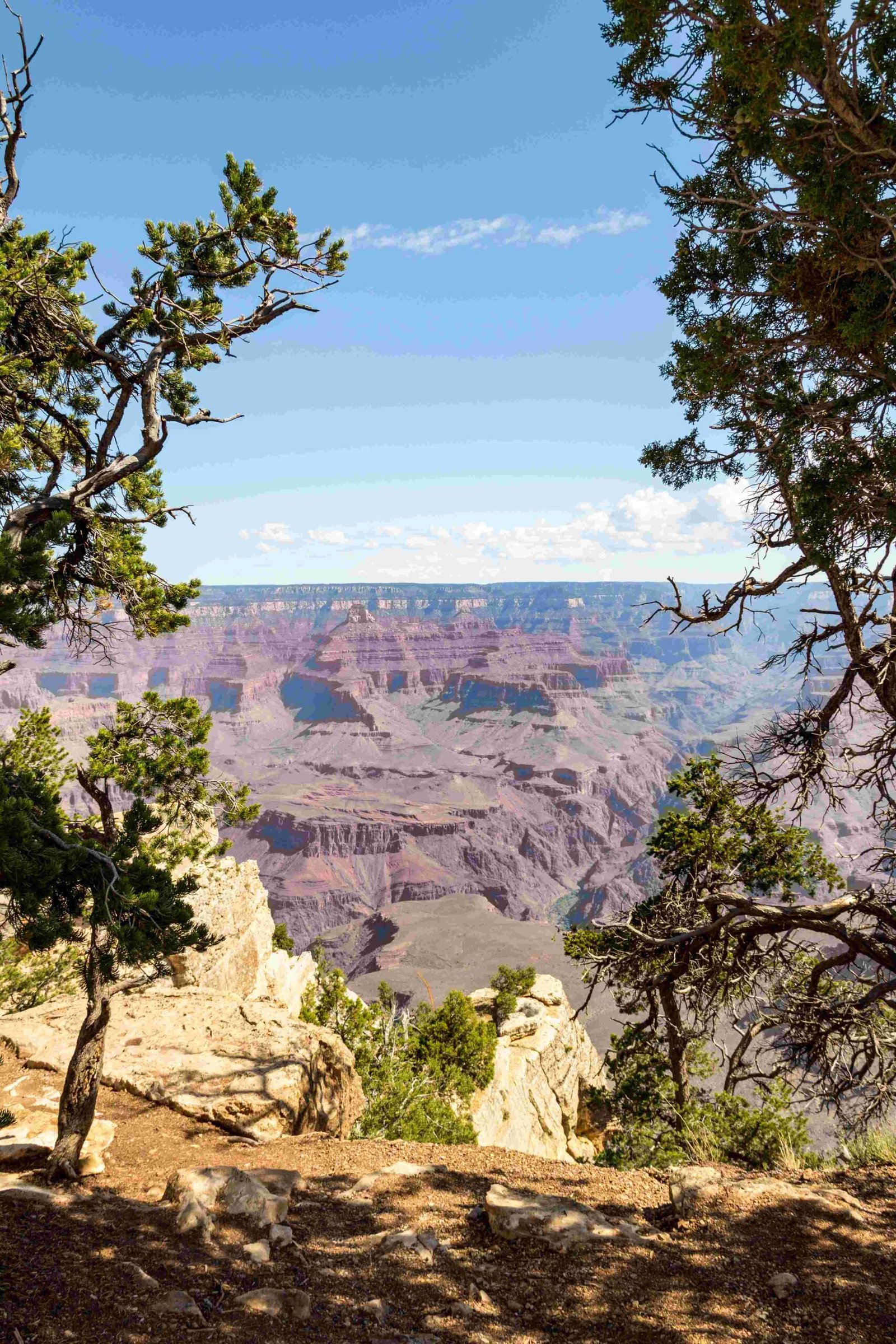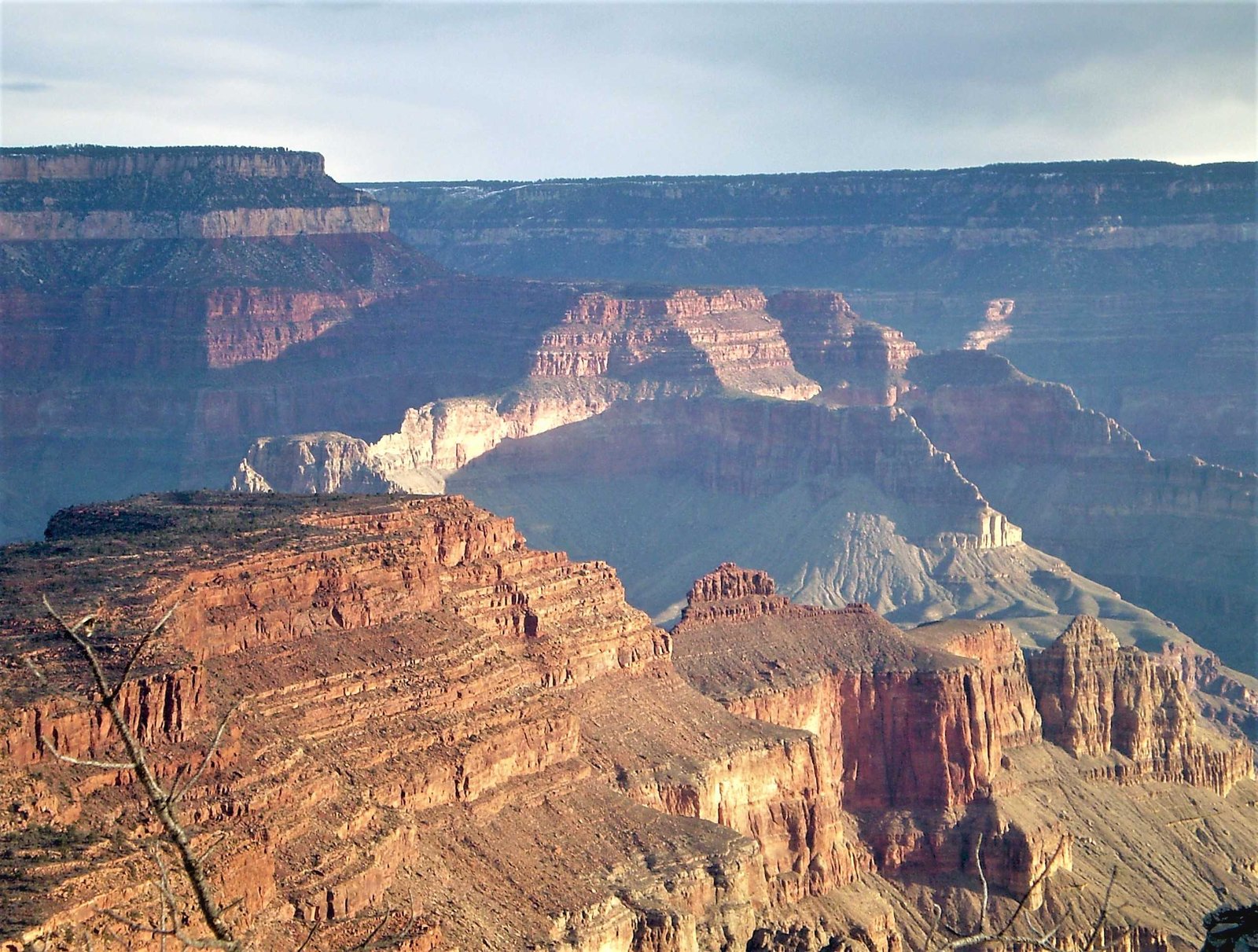The Grand Canyon represents a remarkable geological phenomenon where erosion occurs at a remarkably slow yet consistent pace. Over centuries, this natural wonder experiences minimal surface reduction, with approximately 3 centimeters of erosion per hundred years, translating to about 0.059 inches annually. The Colorado River’s persistent flow and the complex geological dynamics of the Colorado Plateau contribute to this gradual transformation, creating a dynamic landscape that has been sculpting itself for millions of years.
What Determines the Grand Canyon’s Erosion Rate?

How Does Rock Composition Impact Erosion?
The Grand Canyon’s erosion rate varies significantly depending on rock type and geological characteristics:
| Rock Type | Erosion Rate (meters/million years) |
|---|---|
| Mesozoic Sedimentary Rocks | Up to 450 |
| Paleozoic Sedimentary Rocks | As low as 80 |
Different rock layers experience distinct erosion patterns:
– Softer sedimentary layers erode more quickly
– Harder igneous and metamorphic rocks resist erosional forces
– Vertical cliff faces experience more rapid weathering compared to horizontal surfaces
What Role Does the Colorado River Play in Erosion?
The Colorado River serves as the primary erosional agent in the Grand Canyon:
– Drops steeply from Lake Powell to Lake Mead
– Generates significant hydraulic power
– Carries substantial sedimentary load
– Creates continuous mechanical weathering
How Long Has Erosion Been Occurring?
Geological timeline of Grand Canyon erosion reveals fascinating insights:
1. 75 Million Years Ago: Colorado Plateau began uplifting
2. 6 Million Years Ago: Ancestral Colorado River formation
3. 2 Million Years Ago: Pleistocene ice ages accelerated erosion
4. 1.2 Million Years Ago: Canyon approached current depth
What Factors Accelerate or Slow Erosion?
Multiple environmental factors influence erosion rates:
– Climate Changes: Temperature and precipitation variations
– Tectonic Activity: Plateau uplift and regional geological shifts
– Water Flow: Seasonal variations in river discharge
– Geological Composition: Rock layer resistance
Can Humans Observe Erosion Directly?
Direct observation of Grand Canyon erosion is challenging due to its extremely slow pace:
– 0.3 meters (1 foot) per 200 years
– Approximately 0.059 inches annually
– Requires long-term geological monitoring
Scientific Measurement Techniques

Researchers employ advanced techniques to track erosion:
– Satellite imagery
– LiDAR technology
– Geological marker tracking
– Sediment analysis
What Makes Grand Canyon Erosion Unique?
The Grand Canyon’s erosion process stands out due to:
– Consistent but slow transformation
– Complex geological interactions
– Diverse rock layer compositions
– Continuous river dynamics
Implications for Future Landscape
The ongoing erosion suggests:
– Gradual landscape transformation
– Potential future canyon modifications
– Continuous geological evolution
Visitor Perspectives
Tourists can appreciate erosion through:
– Ranger-led geological tours
– Visitor center exhibits
– Educational programs about landscape formation
Conclusion
The Grand Canyon’s erosion represents a testament to Earth’s dynamic geological processes, showcasing how minimal changes over millions of years can create extraordinary landscapes.

